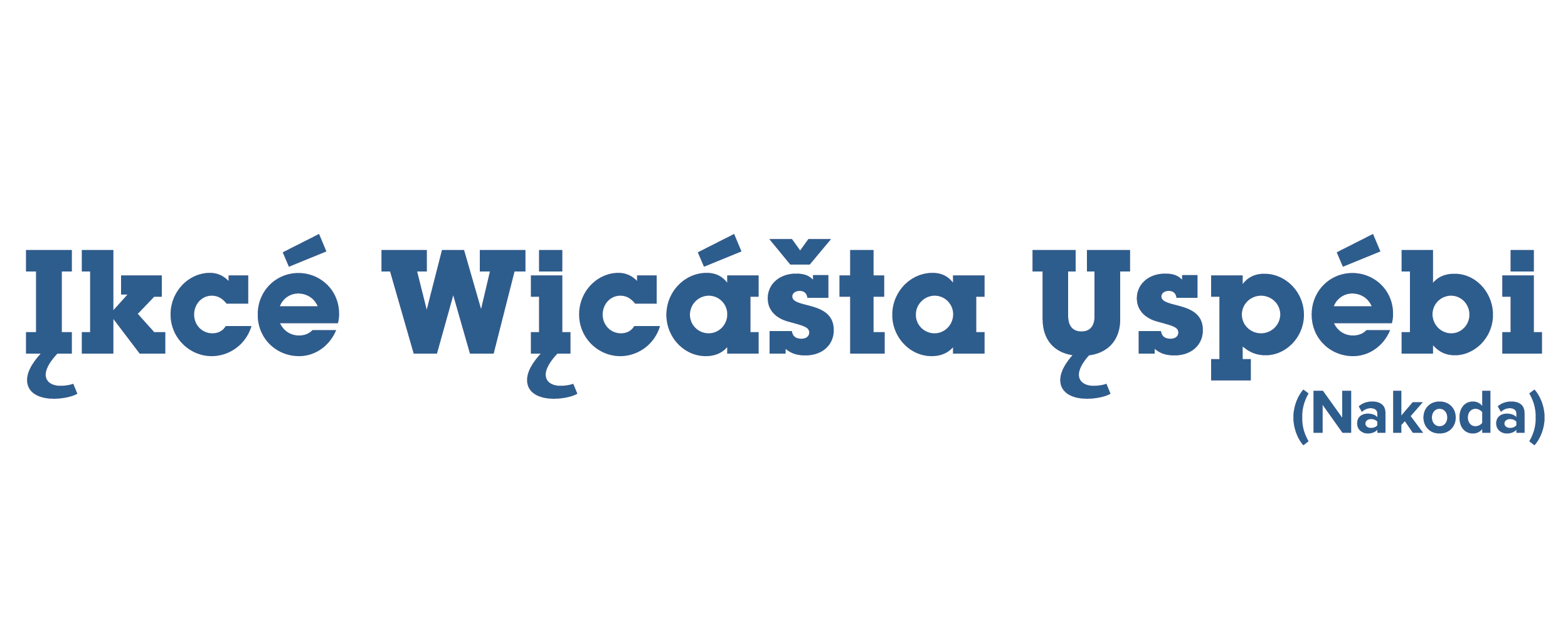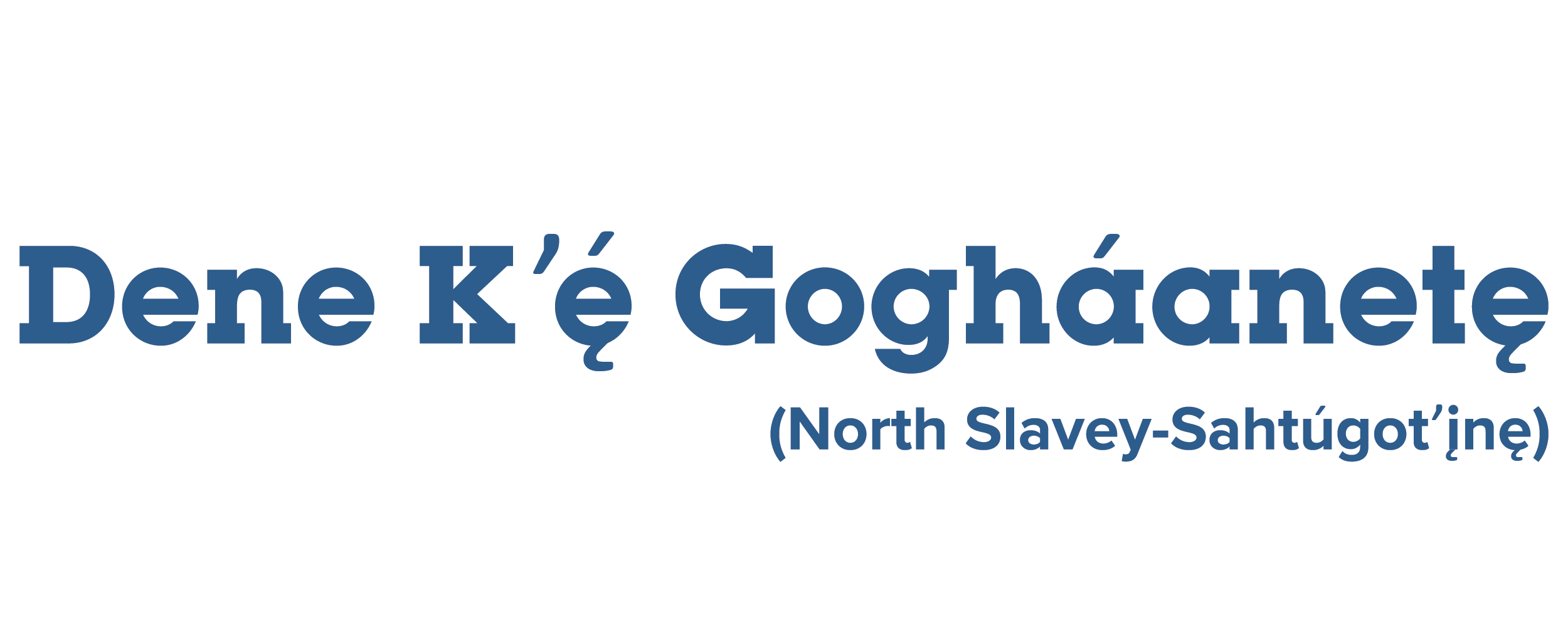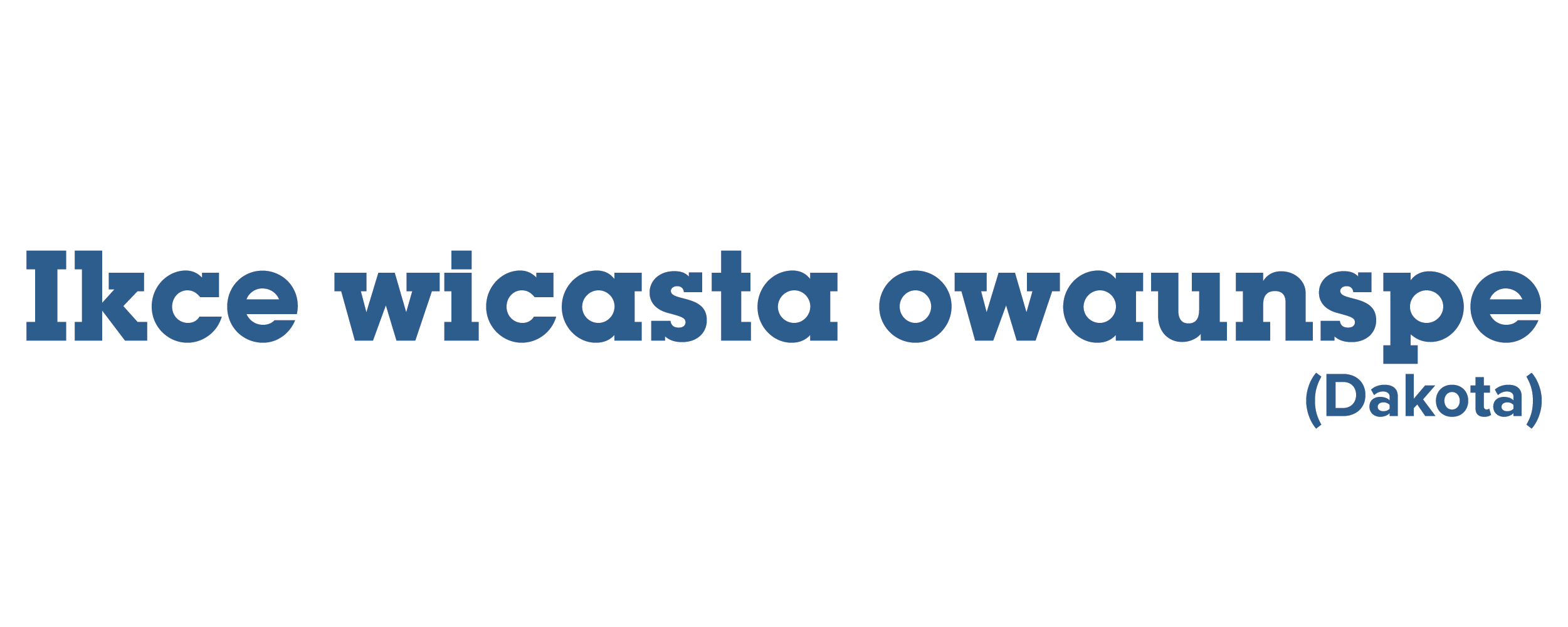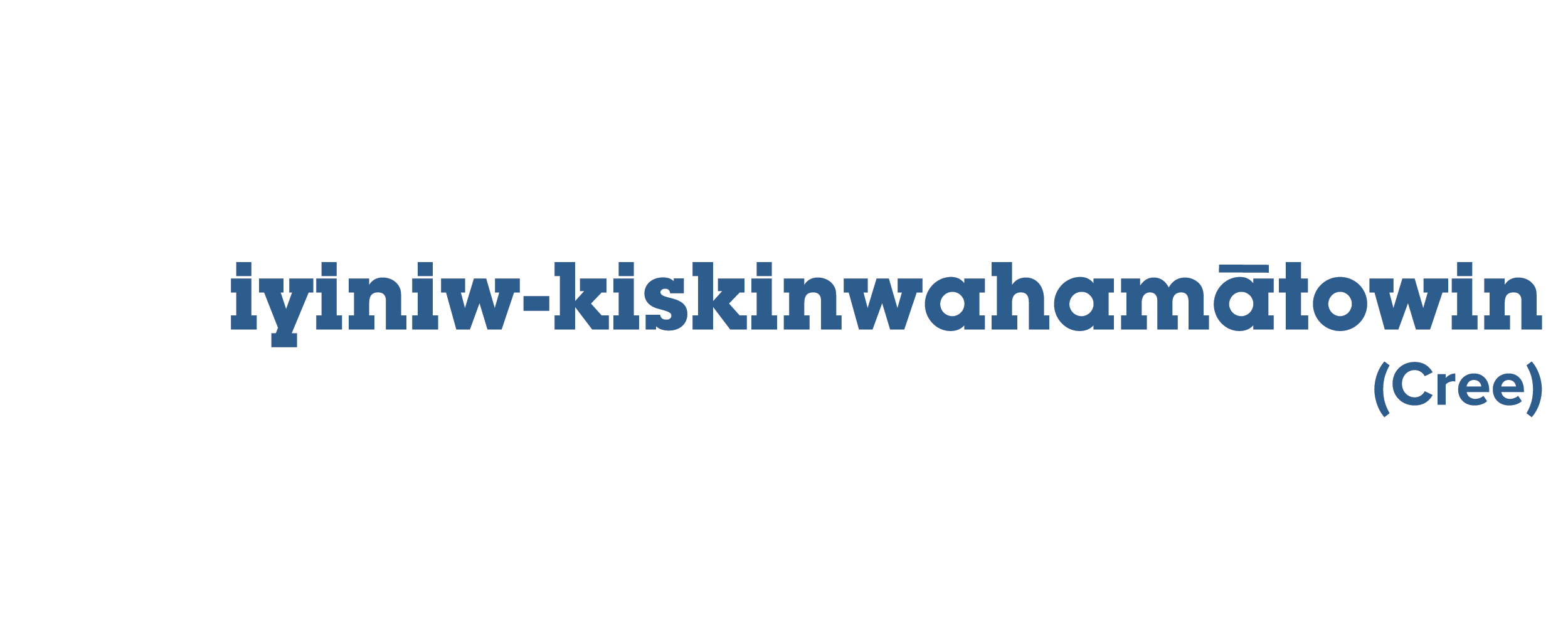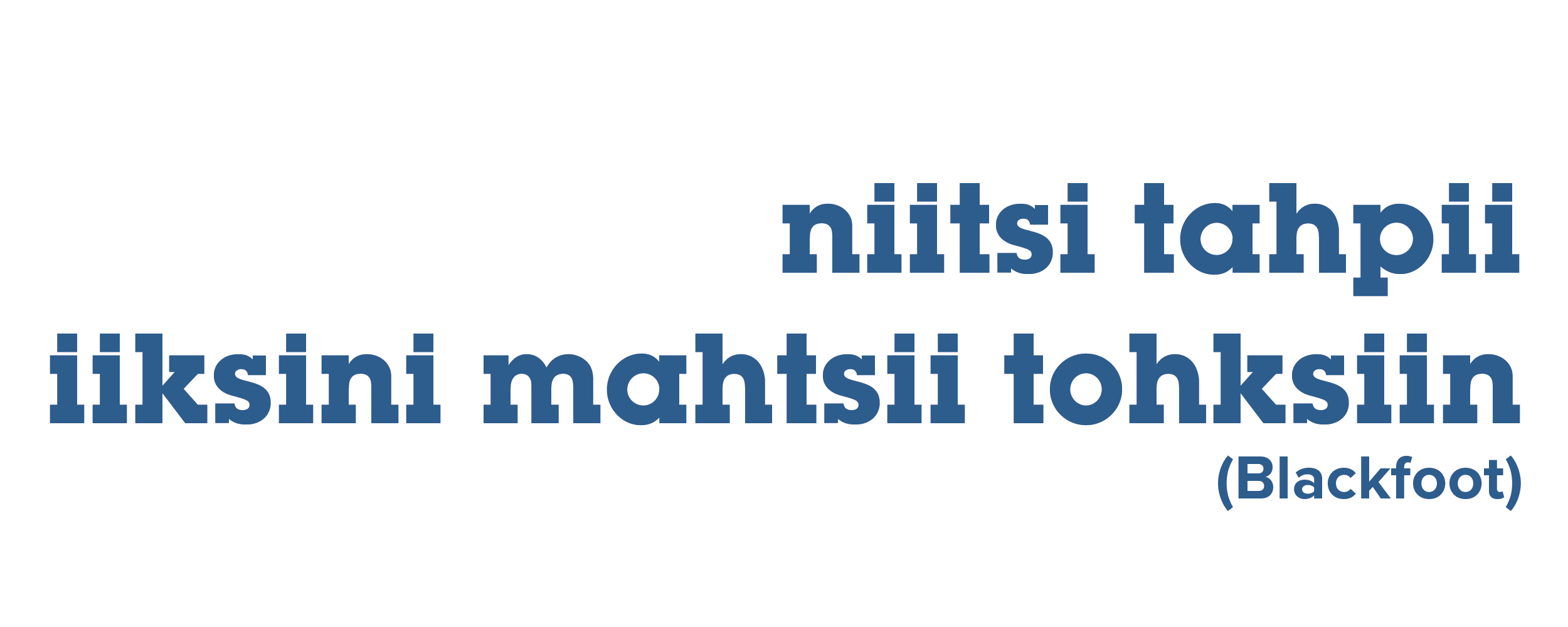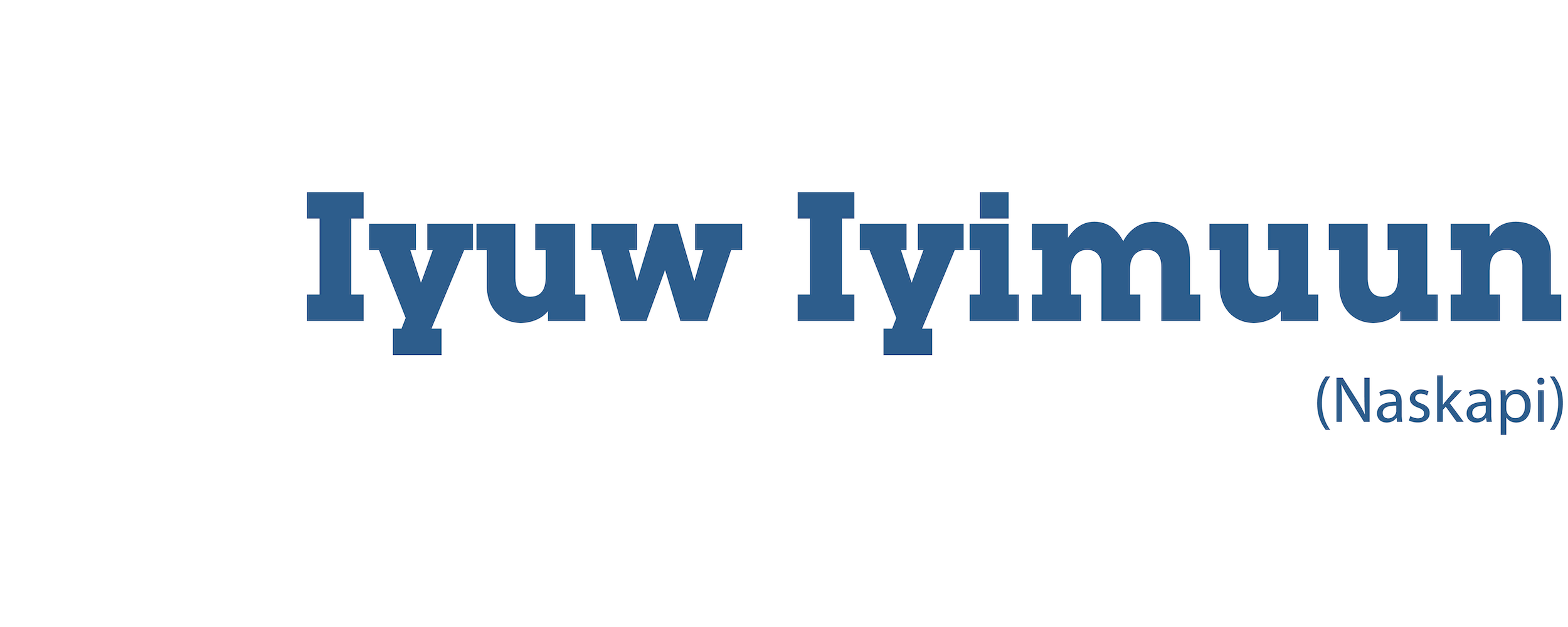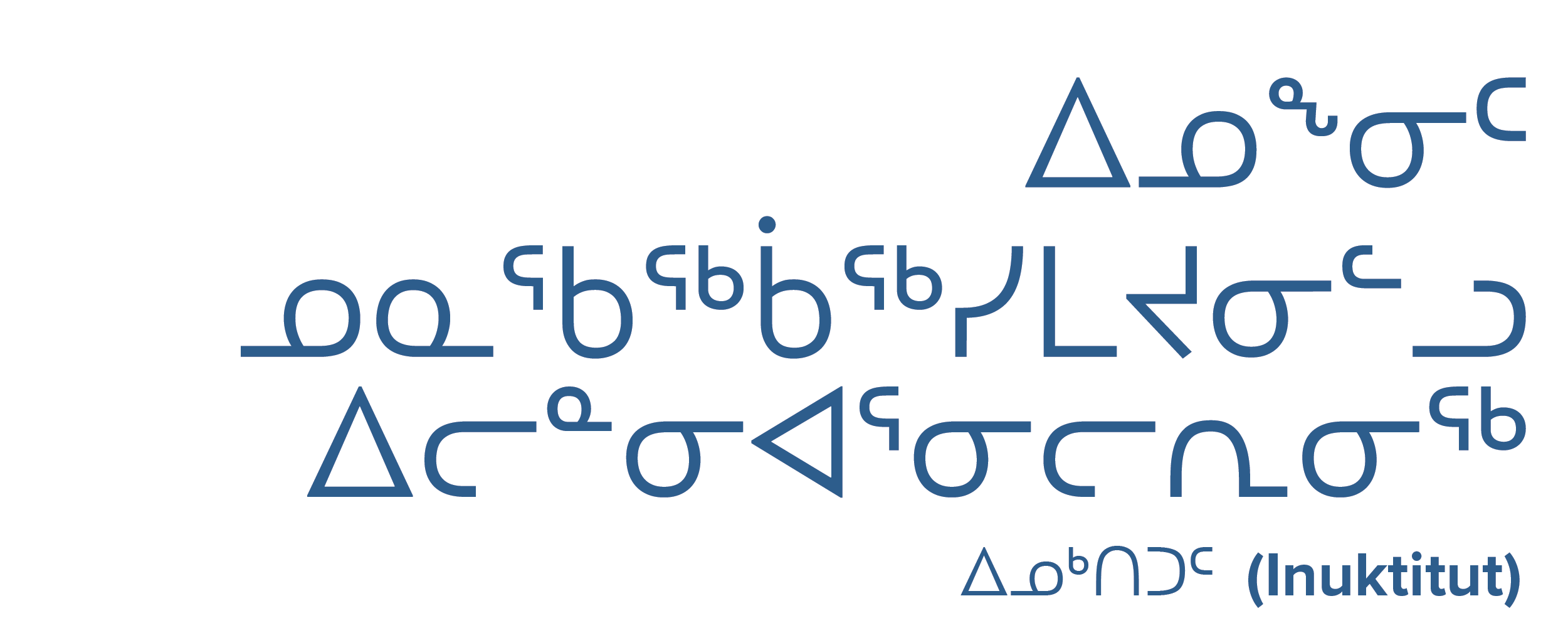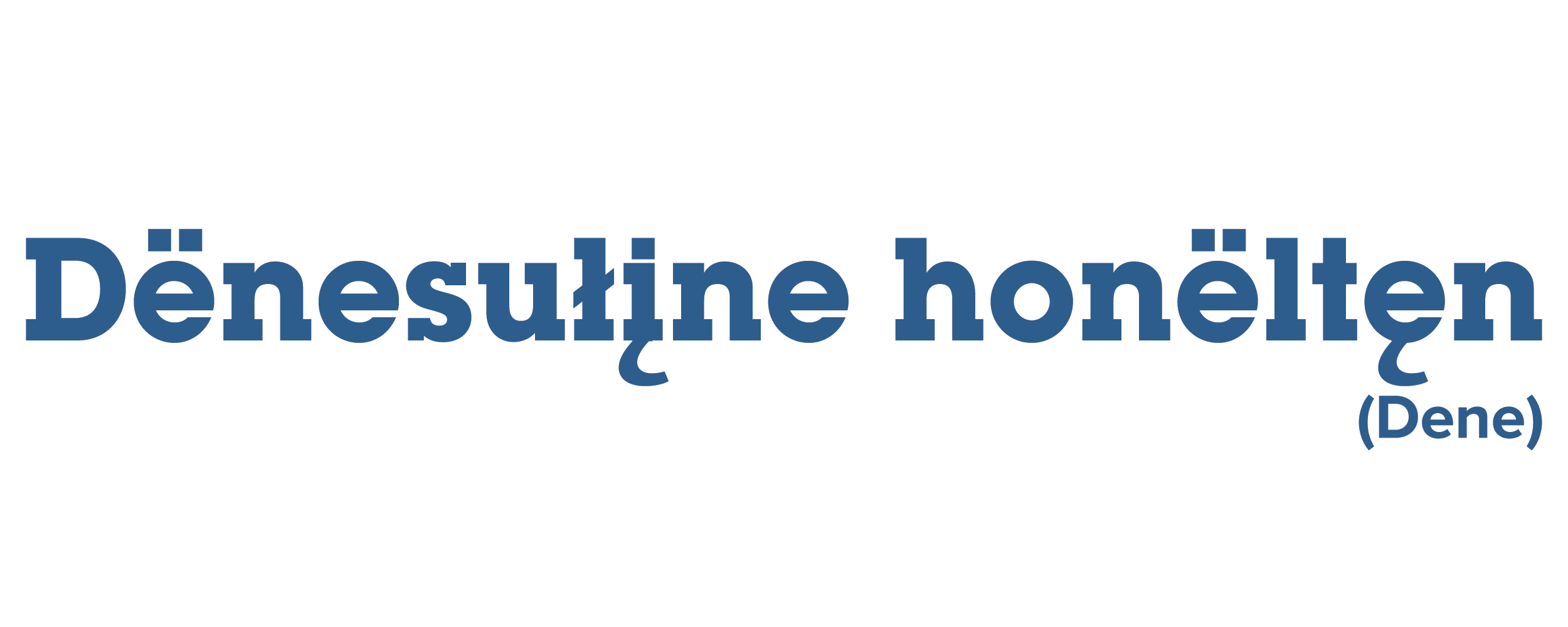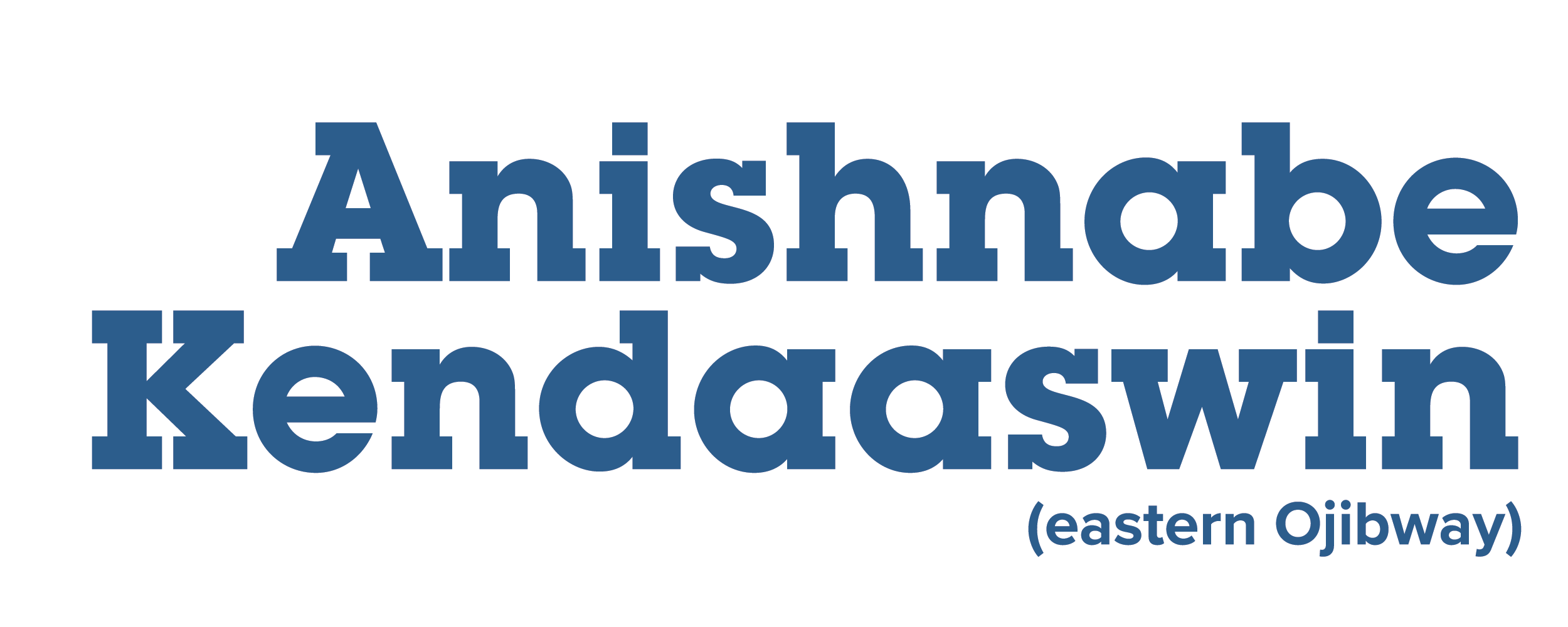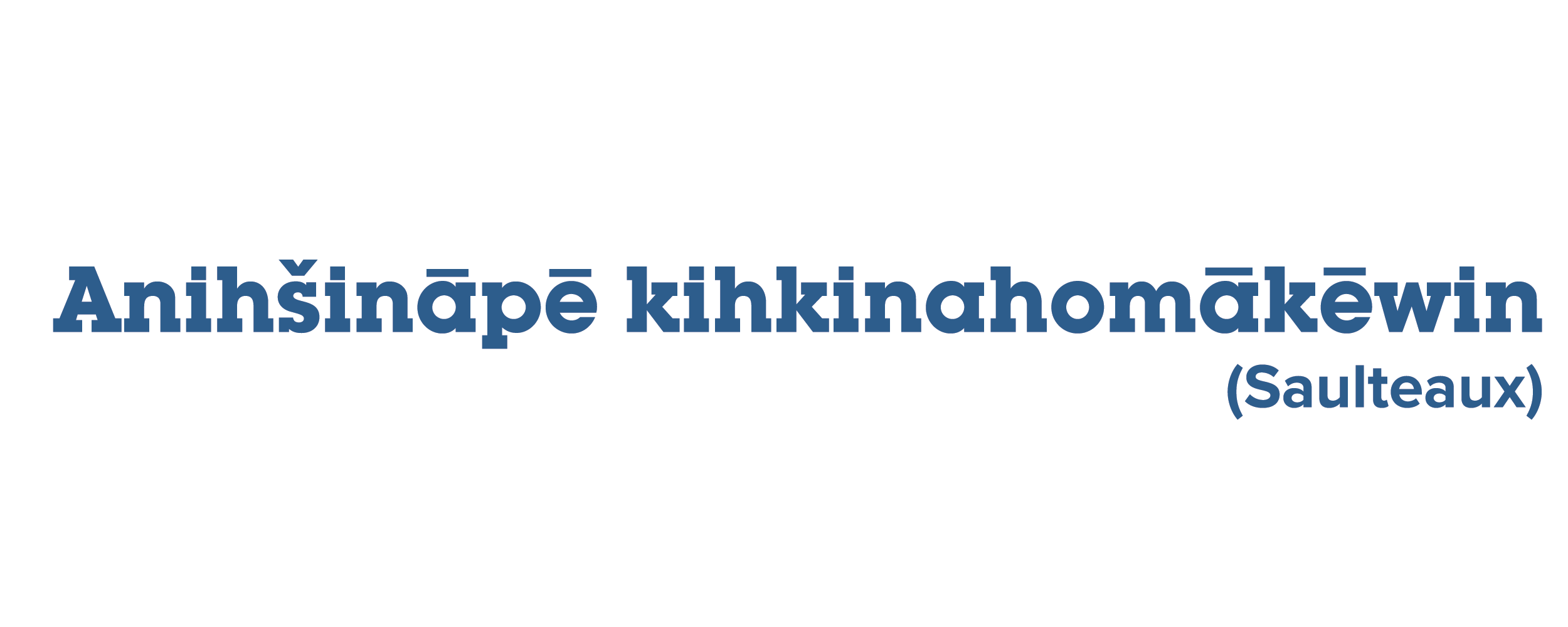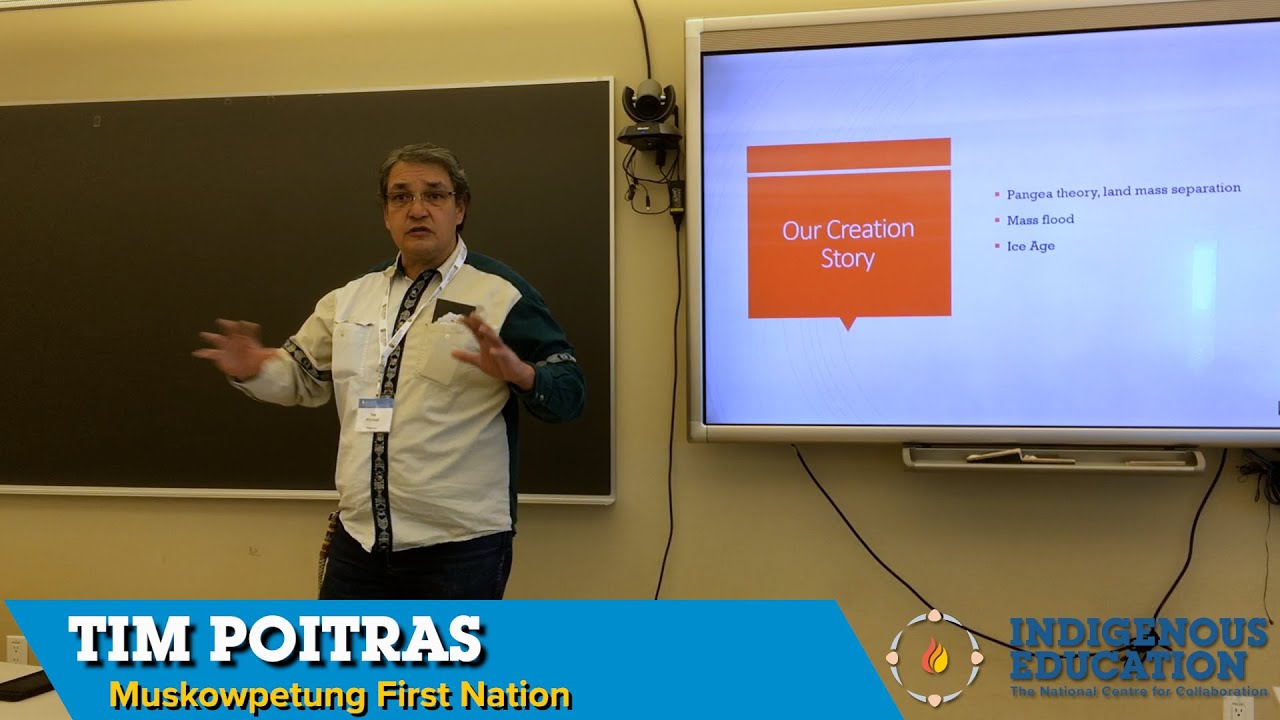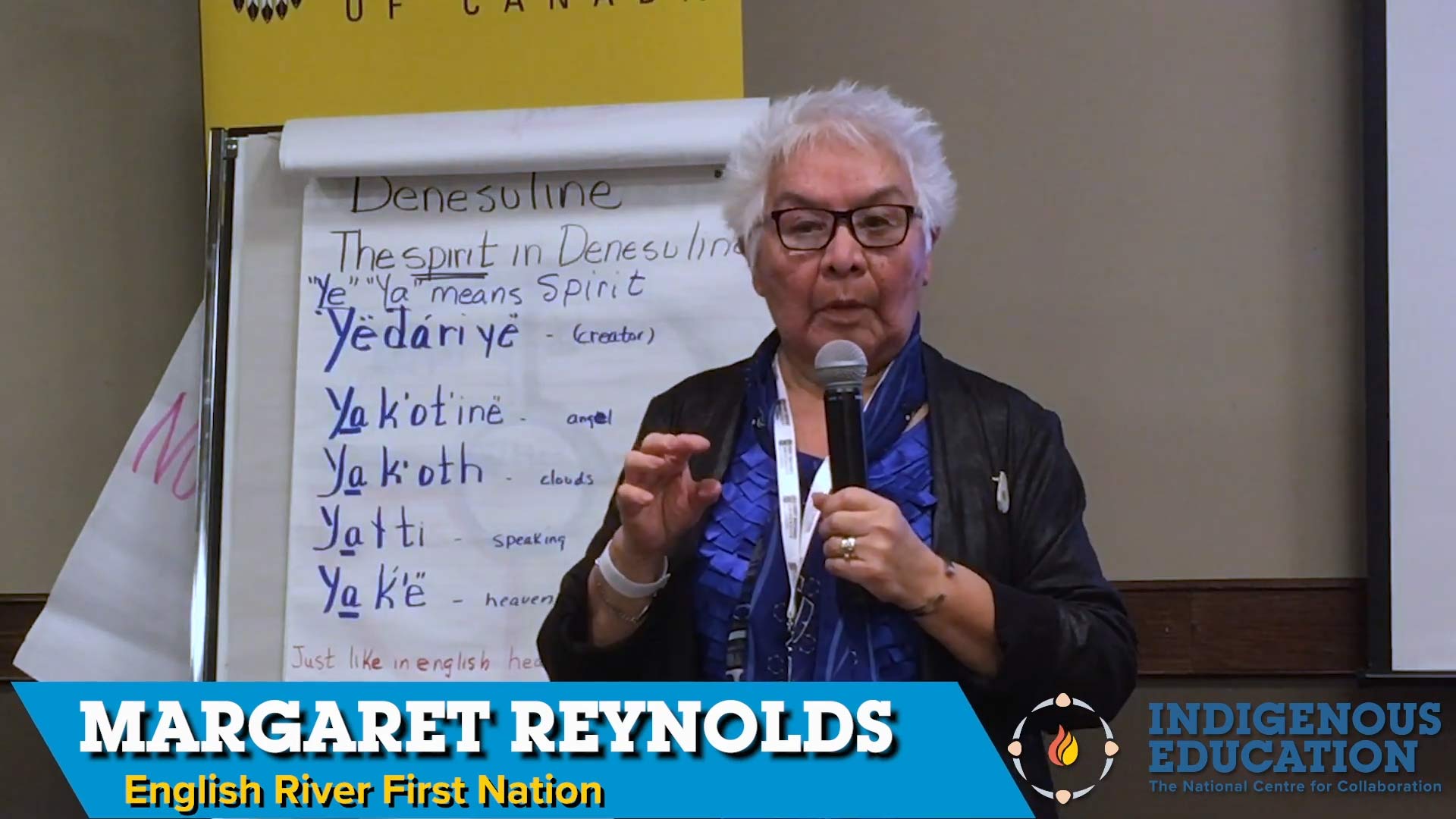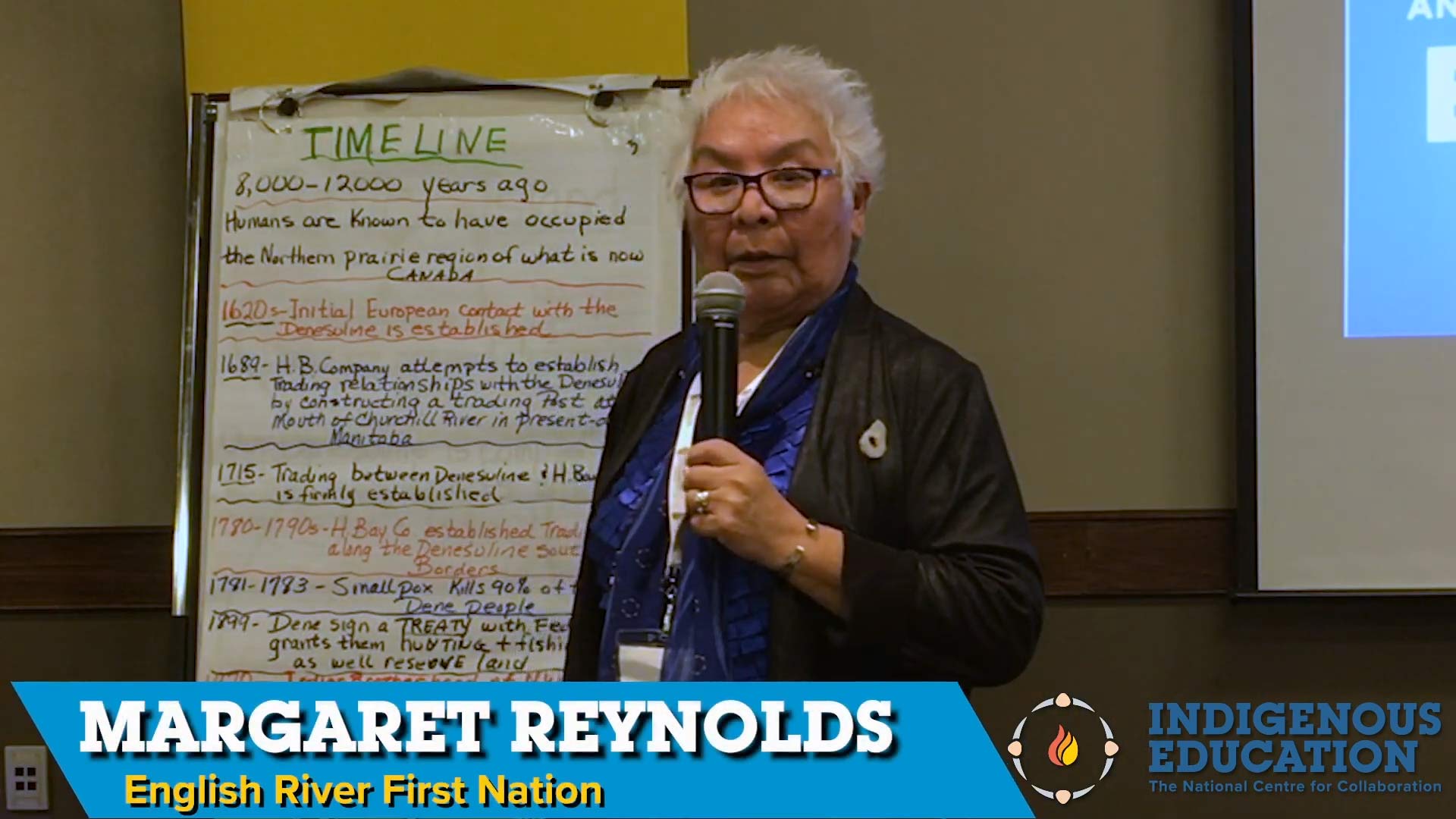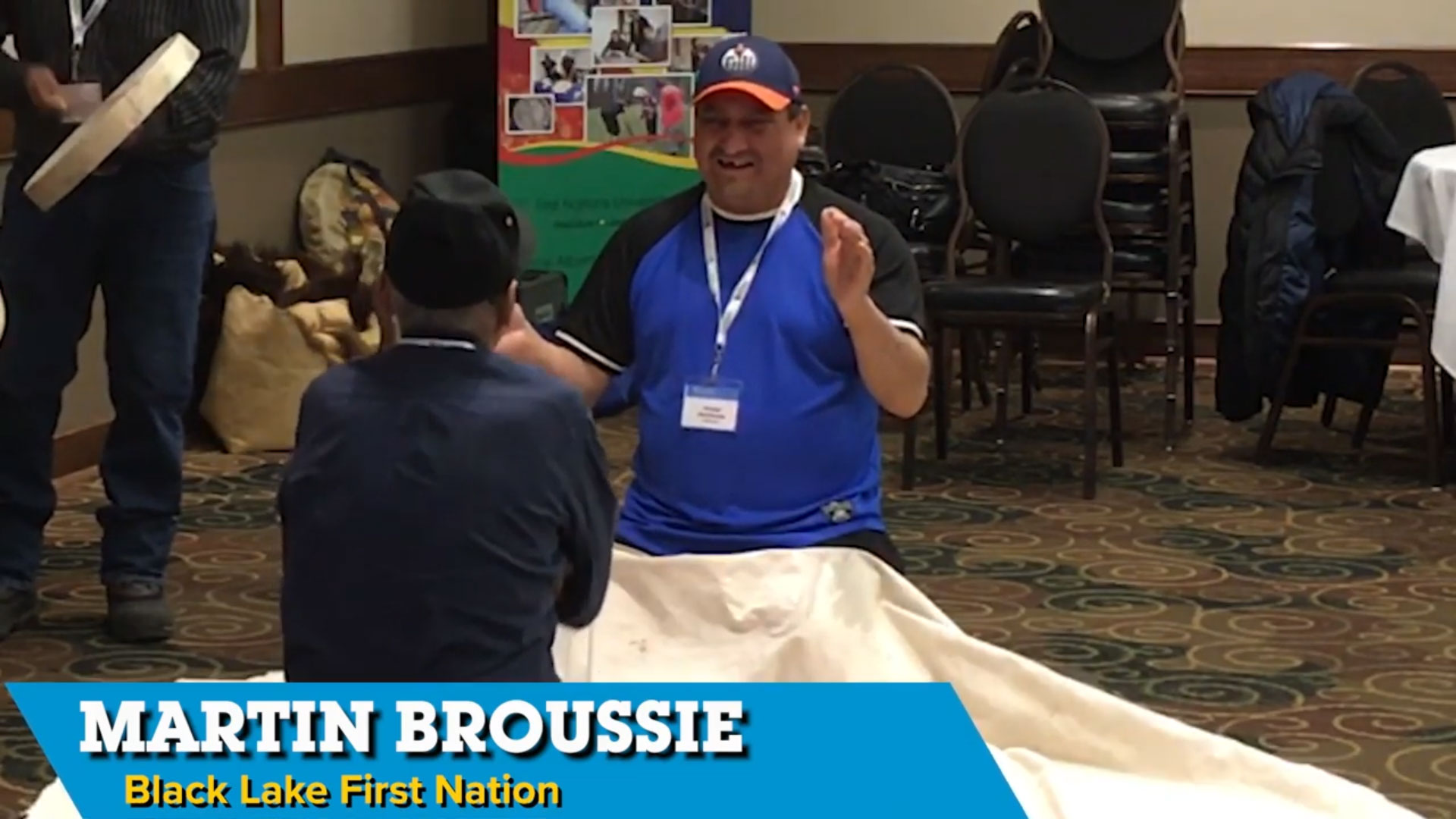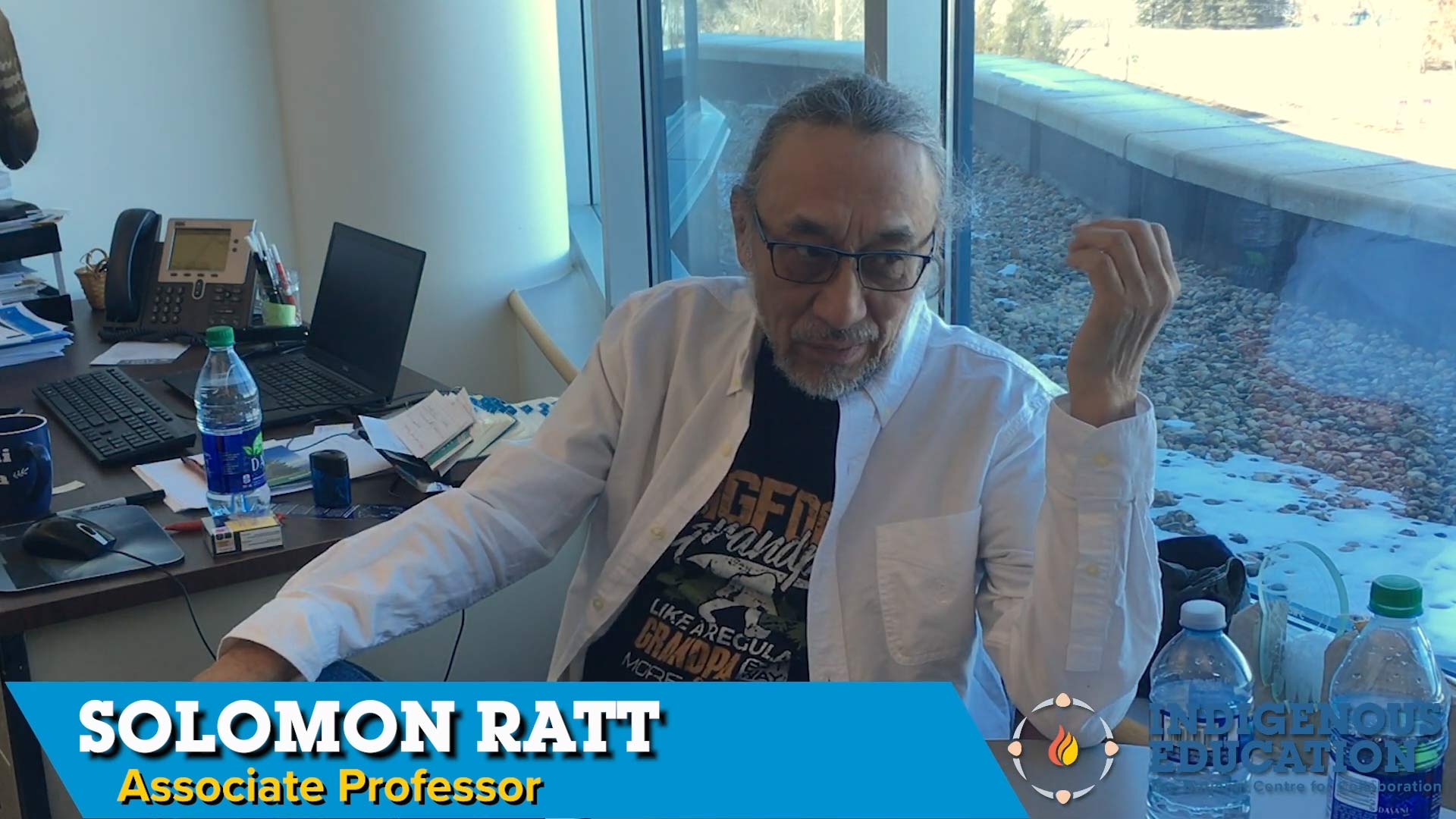Posted on by Steffany Salloum
Cree immersion and culture camps offer participants a culturally responsive education.
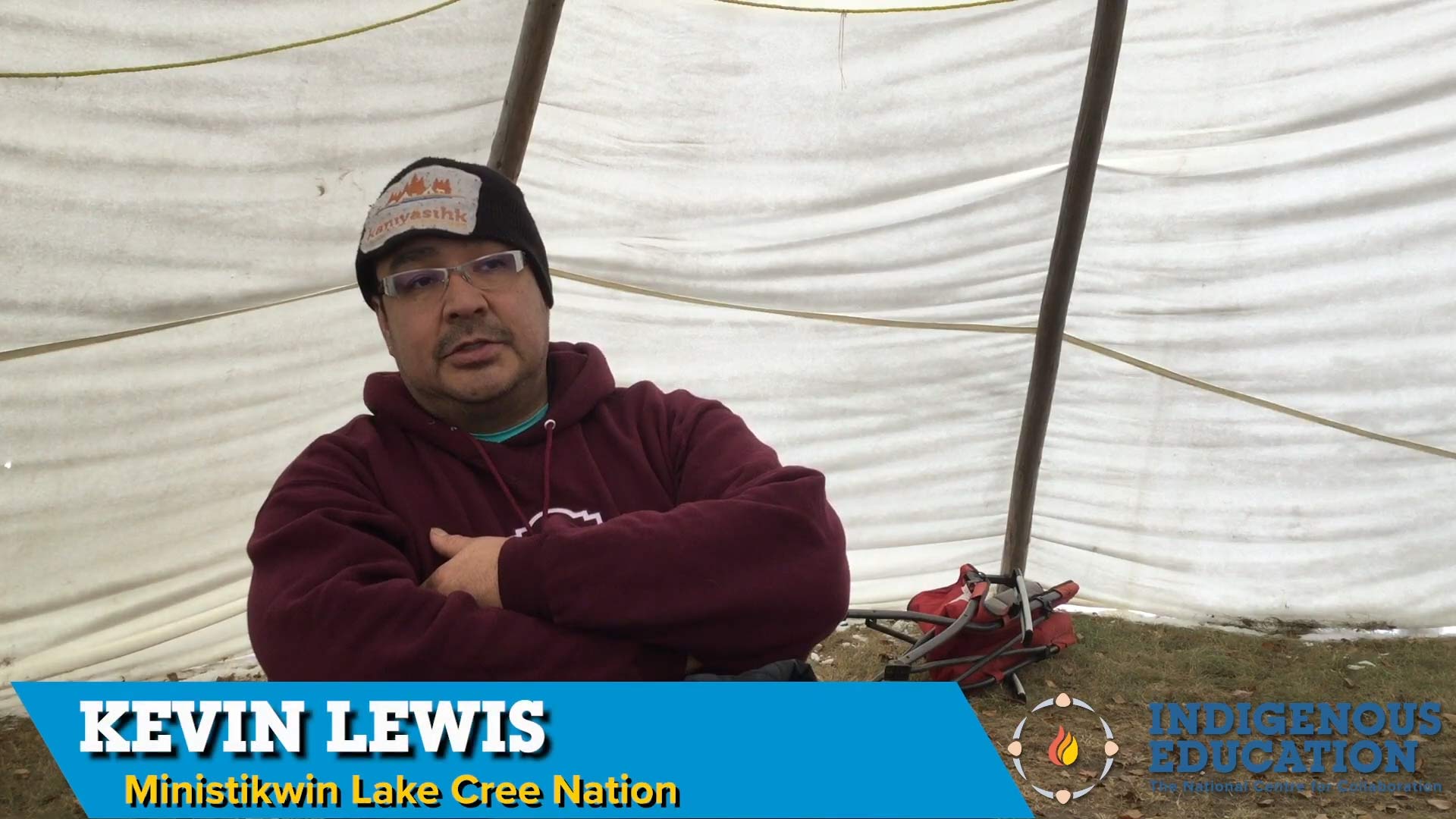
Founder of kâniyâsihk Culture Camps and initiator of the Cree Immersion School at Ministikwin Lake Cree Nation, Kevin Lewis is an Indigenous academic who has brought what he has learned about educating back to his community. Lewis is committed to land-based learning and Cree education and hopes to ensure his programs provide people, young and old, with a culturally responsive education. In order to evaluate these programs, he enlisted a colleague as an external reviewer who has experience establishing Maori schools and language centres in New Zealand. By evaluating both the school and the culture camps Lewis is learning about what students and parents are feeling, wanting, and thinking about these programs, which has informed how the program changes and adapts over time. The case study is considered a snapshot of the programs at a particular moment in time, and when the case study is combined with the Structured Assessments Framework for Land-Based Learning at kâniyâsihk Culture Camps, it becomes a model for evaluating such programs.
Posted on November 22, 2020 by Alina Perrault
Elements of Art – Textures in Our Environment explores the connection between art and life. It links Indigenous values, such as our connection to water and our protection of Mother Earth, to artistic representations. In this lesson, Sara Leah Hindy, a Mi’kmaw teacher, introduces the significance of place and explores textures in one of her […]
Elements of Art – Textures in Our Environment explores the connection between art and life. It links Indigenous values, such as our connection to water and our protection of Mother Earth, to artistic representations. In this lesson, Sara Leah Hindy, a Mi’kmaw teacher, introduces the significance of place and explores textures in one of her favourite places, the beach. Using a rock collected on the beach, Marcus Gosse, a Mi’kmaw artist, then guides students on an artistic journey that weaves together a story of people and place through petroglyph-inspired rock art. Following the lesson, students are encouraged to explore their own special places and create a story that they would like to share through an art piece, uniquely theirs.
The complete lesson, Elements of Art – Textures in Our Environment, can be found in NCCIE’s Teaching Resource Centre at https://www.nccie.ca.
Posted on May 7, 2020 by John Vallely
An Elder, who is preparing Anishinaabe people to be responsible, knowledgeable about their culture, creation and to show us our own personal role in Creation.
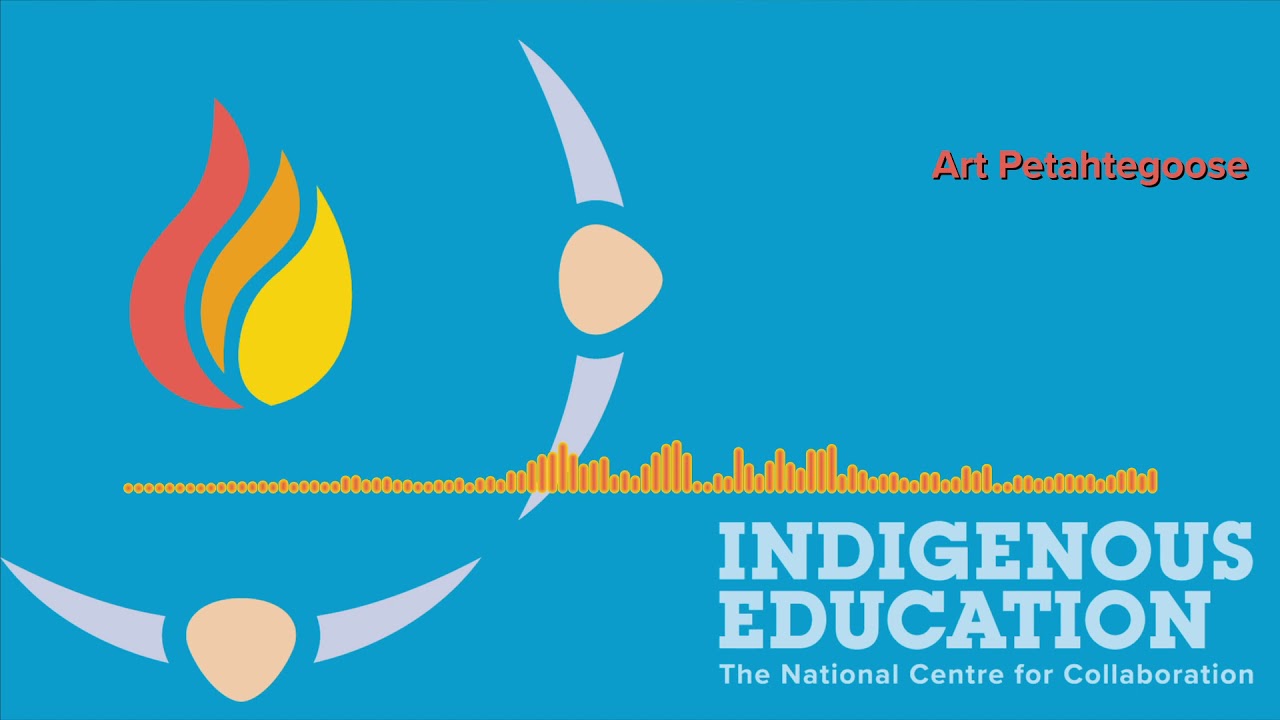
An Elder, who is preparing Anishinaabe people to be responsible, knowledgeable about their culture, creation and to show us our own personal role in Creation.


